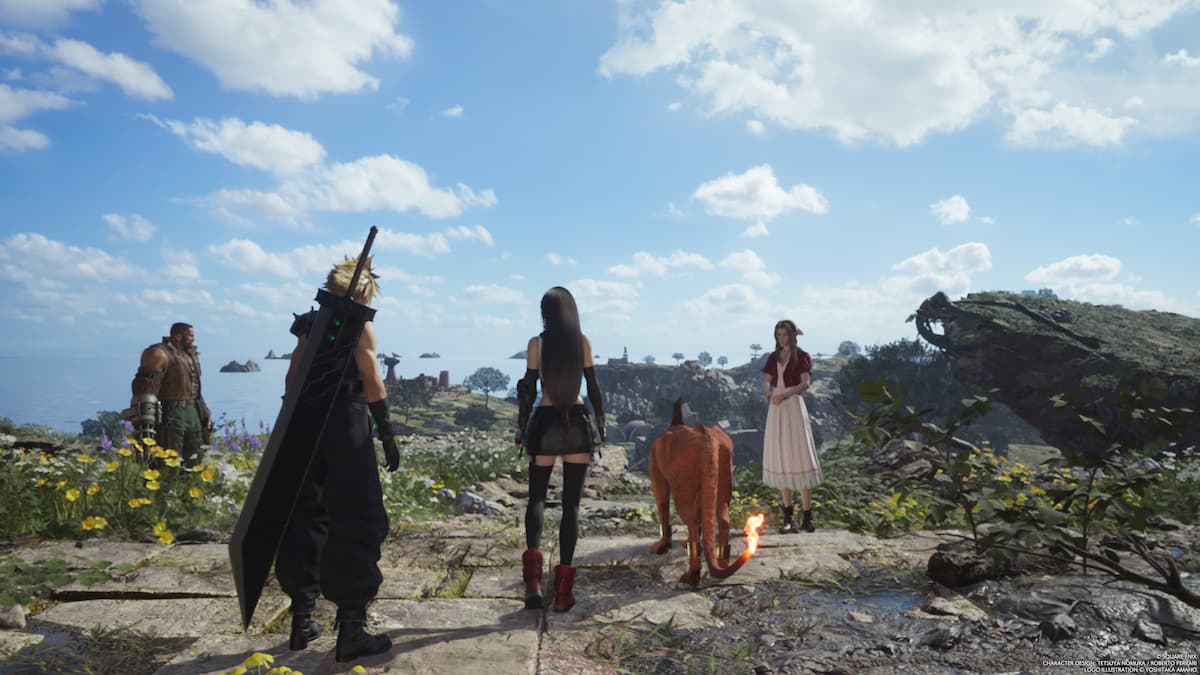
Everybody loves a surprise. Any gamer will tell you that part of the delight in watching press conferences is those reveals you don’t see coming. We’ve seen tears, screams, and tons of other expressions that run the gamut of utter delight to crushing disappointment. As someone who has been in the industry for a long time, announcements usually come with caveats: long release windows, little to no in-game footage, or cryptic messaging that can make what the actual game is more confusing than helpful.
However, in the last few years, we’ve seen a shift toward shorter marketing campaigns and publishers (for the most part) putting reasonable release windows on games. I hope this continues to improve, with developers and publishers working together to develop smarter ways of presenting what’s in store. One of my favorite new methods for unveiling a game is by having a rich demo available immediately to play, like we recently saw with Project Triangle Strategy. Not only do you feel the rush of learning about this new entity that you had no idea was in existence, but there’s something special about being able to immediately take a test drive. Here’s why I hope more developers take note of this way to introduce a game in the future.
Let’s face it; there’s only so much a trailer can convey about a game, especially on its initial reveal. A few words about the story and systems along with some accompanying footage only gives small glimpses of what’s interesting. Any developer will tell you seeing their game and playing it are two different things, which is why providing the opportunity to dive right into a demo goes a long way. It helps avoid any confusion around the developer’s vision and sets expectations about what type of experience the game offers.
Having the basics explained and then actually seeing them in action helps greatly. For instance, with Project Triangle Strategy, you learn the flow of the game (story scenes, battles, and exploration phases) while also getting introduced to the choice system that will influence your main hero and which characters join. Furthermore, taking the strategy combat for a spin reveals the interesting abilities and ways you can use the field to your advance. I loved using ledges to get an edge, getting enemies down to a sliver of health to activate a follow-up attack, and attacking from behind for extra damage. The thrill of these moments just can’t be captured merely by watching a trailer; playing it makes everything really click.
One of the biggest benefits to immediately having a playable demo is it shows confidence in the concept and work that’s been done up to this point. Demos aren’t meant to be perfect, and they carry a lot of weight concerning fan perception of a game, but the most important part is they give the people a chance to experience what’s there. This offers invaluable feedback that you just can’t get from a trailer, which tends to have players guessing about mechanics and how they’ll function in the final product. It’s a free “heads up” on whether or not the direction is working, giving developers the chance to finetune things as they wish before release. In fact, Nintendo and Square Enix have already requested feedback from Project Triangle Strategy to do just this. Now this doesn’t ensure the game will be successful, but it does help it put its best foot forward.
Timing can be everything when it comes to attracting people toward a certain game. For years, the best ways to experience games early and see how they were shaping up were locked behind trade-show doors, or demos would come so close to release that it’d be too late for any feedback to make it into the final product. However, the times are changing, and so is how quickly we easily can boot up a demo and see what a game has to offer. Most importantly though, I can’t understate the excitement that comes from finding out you immediately get to play a game that you just heard about. Getting that early test ride is essential, and the earlier we get it, the more we can buy into what’s on display.


